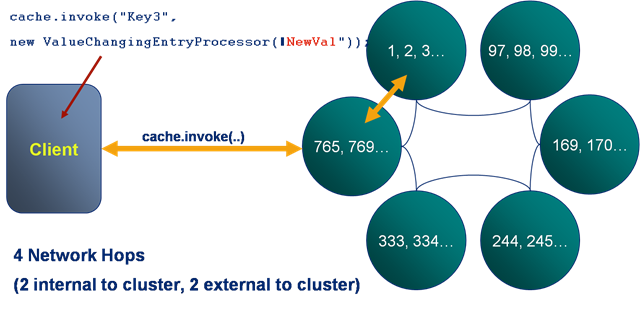

A spatial phase modulator was used to control the intensity profile of the excitation laser beam at the cold-atom target, forming a shaped charge cloud on ionization (see Methods). The electrons were accelerated in a uniform electric field ( F=40 kV m −1, distance 2.5 cm, final energy 1 keV), and the spatial distribution of the electron pulse was observed after the pulse had propagated 21.5 cm in a null field. In our experiments, laser-cooled rubidium atoms ( T=70 μK) were photoionized by illumination with a resonant 780 nm excitation laser, followed by a 5 ns 480 nm ionization laser pulse ( Fig. 1). We also use the arbitrary shaping capability of the cold-atom electron source to measure the high transverse spatial coherence length of the electrons. Although the pattern could subsequently be recovered with imaging optics, the transverse spatial coherence would always remain low, limiting the applicability for diffractive imaging. Conventional photocathode sources offer high brightness and the ability to pattern the electron emission in two dimensions, but low transverse coherence due to their inherently high electron temperature, such that any pattern immediately diffuses. The preservation of the spatial structure of the cold electron beam shows that high-resolution measurement of electron diffraction will be possible without requiring beam expansion and associated loss of flux to increase the transverse coherence. We demonstrate real-time arbitrary shaping to create complex electron density distributions, and show that, because of the extremely small transverse momentum of the electrons, the bunch shape is preserved after propagation, without focussing optics. We show that it is possible to engineer the spatial profiles of the incident excitation and photoionization laser beams to control the shape of the ionized gas cloud and hence that of the extracted electron bunches in three dimensions. In addition, the internal structure of the atoms that form the underlying electron source provides a unique tool for three-dimensional control of the electron bunch shape 5. We demonstrate here that the extracted electron bunches have extremely small transverse momentum, and show that the source has quasi-homogeneous rather than thermal coherence properties that is, unlike conventional photocathode sources, the transverse locations of the cold electrons remain strongly correlated to their original location at the source. Electrons are extracted by near-threshold photoionization of atoms that have been laser-cooled to microKelvin temperature 13. Recent simulations 10, 11 and experiments 12 show that photoionization of a cold atom cloud can produce cold electron bunches with high coherence and current. However, large increases in brightness are needed for single-shot imaging of weakly scattering materials such as biological molecules, and further increases in the brightness of intrinsically hot photoemission sources will be difficult. Combined with longitudinal bunch compression, sub-100 fs pulses have been obtained with sufficient brightness for diffraction studies of gold 8, 9. Limited bunch shaping has been demonstrated with photoemission sources 7, 8, which use high-energy laser pulses to generate electrons at high current. The ability to dynamically shape the electron source itself and to observe this shape in the propagated electron bunch provides a remarkable experimental demonstration of the intrinsically high spatial coherence of a cold-atom electron source, and the potential for alleviation of electron-source brightness limitations due to Coulomb explosion 6.Ĭarbon nanotube field emitters are at present the brightest available electron sources but must operate at low currents to avoid Coulomb expansion and are therefore not suitable for ultrafast imaging. Here we demonstrate arbitrary and real-time control of the shape of cold electron bunches extracted from laser-cooled atoms. It has been shown that, if the electrons are shaped into ellipsoidal bunches with uniform density 5, the Coulomb explosion can be reversed using conventional optics, to deliver the maximum possible brightness at the target 6, 7.

High brightness and high coherence are required to achieve the necessary spatial and temporal resolution, but have been limited by the thermal nature of conventional electron sources and by divergence due to repulsive interactions between the electrons, known as the Coulomb explosion. Ultrafast electron diffractive imaging of nanoscale objects such as biological molecules 1, 2 and defects in solid-state devices 3 provides crucial information on structure and dynamic processes: for example, determination of the form and function of membrane proteins, vital for many key goals in modern biological science, including rational drug design 4.


 0 kommentar(er)
0 kommentar(er)
